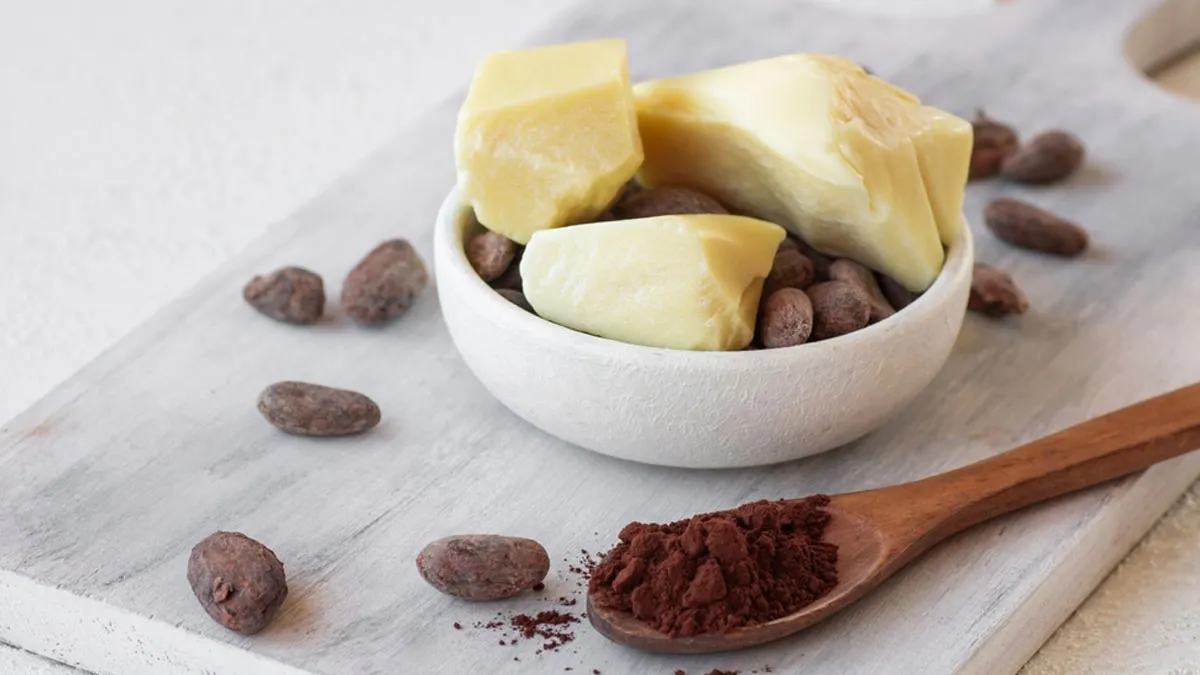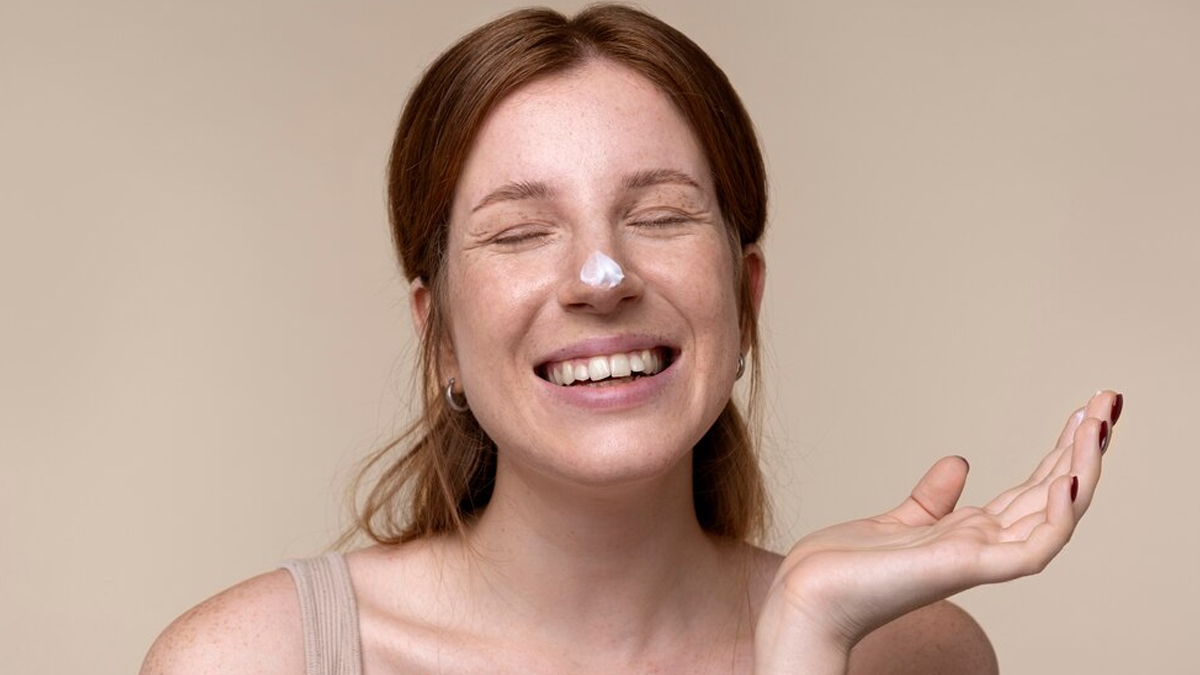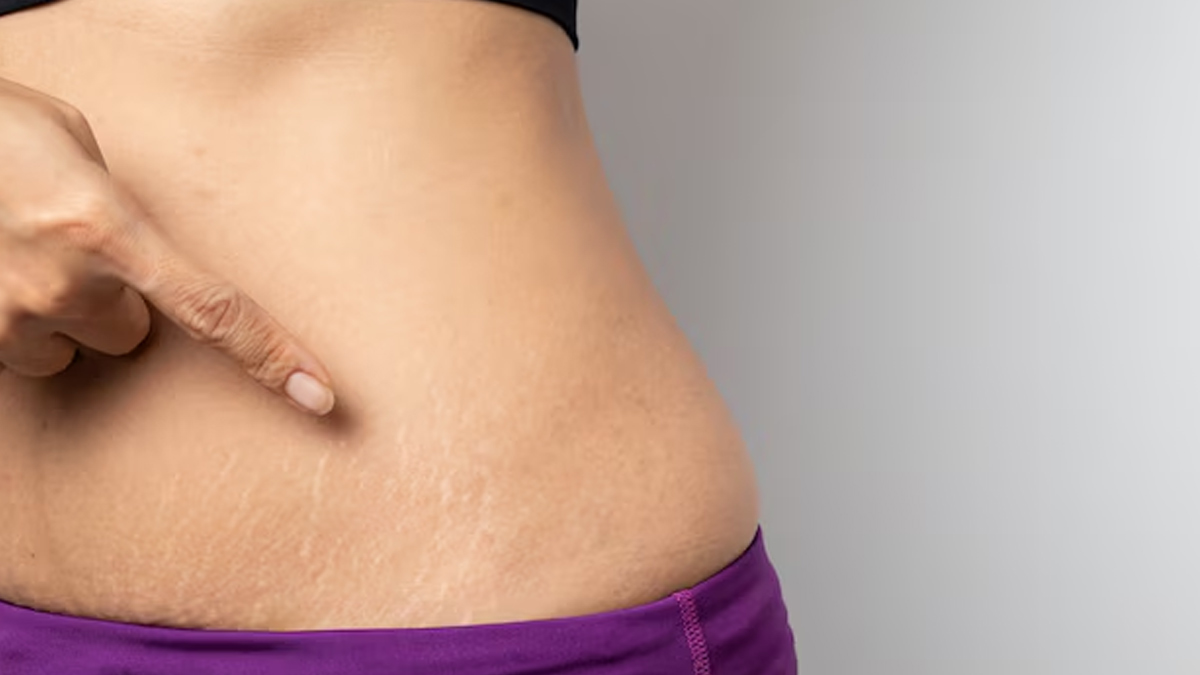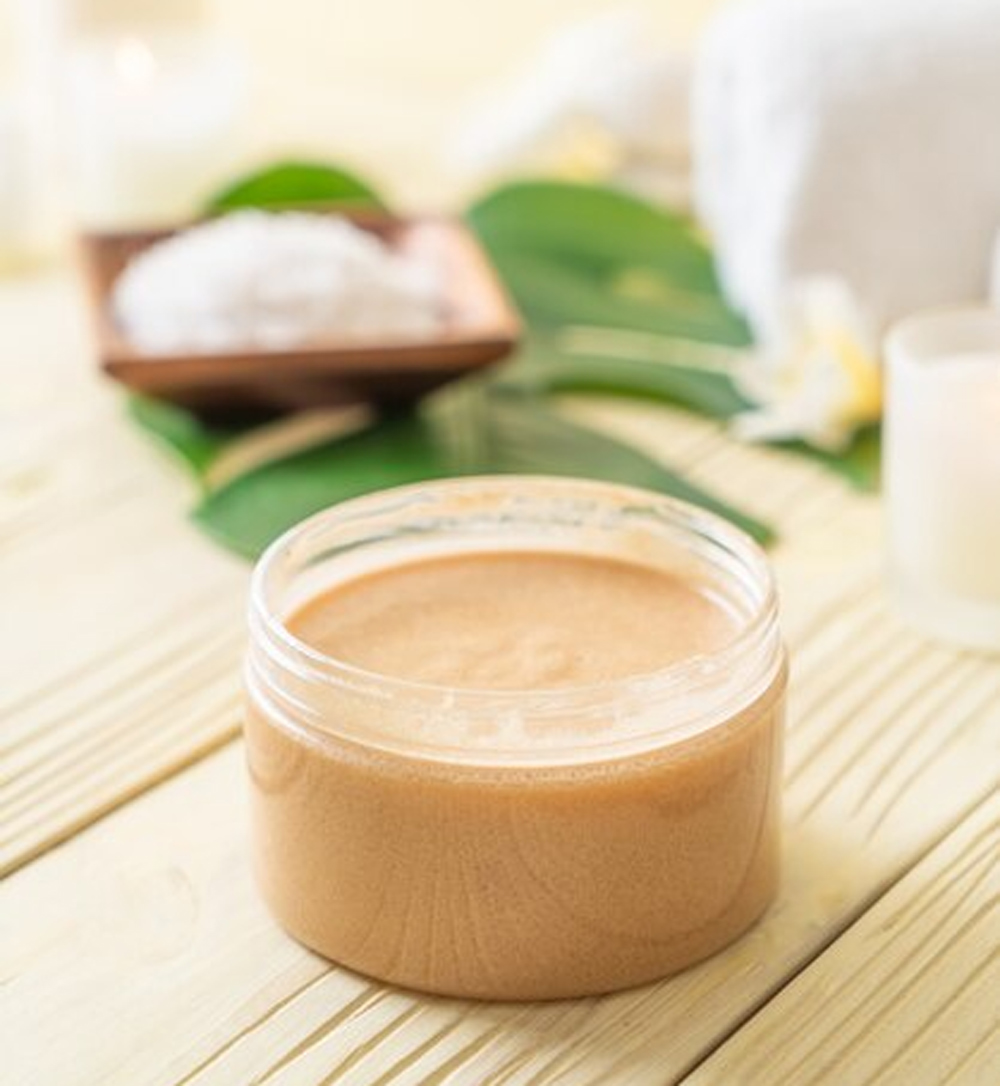
Does your skin get dry and irritated during the winter months? The cold, dry air can leave your skin rough and parched, making it harder to maintain that smooth, soft texture. Cocoa butter, however, might be just what your skin needs this season. Known for its deep moisturising properties, this rich, natural ingredient has been used for centuries to nourish and protect skin. In this article, we explain how cocoa butter can be your best friend this winter, helping to keep your skin hydrated and healthy all season long.
Table of Content:-

Cocoa butter, naturally fat extracted from cocoa beans, has a smooth, creamy texture and a subtle, sweet fragrance, making it a favourite in skincare. It’s a go-to ingredient in many lotions, creams, and balms designed to hydrate and protect the skin.
A 2022 review found limited evidence that flavonoids in cocoa, like epicatechin, may have anti-ageing effects in animal studies. The review also suggested that other antioxidants and natural fats in cocoa butter might help reduce inflammation linked to skin ageing.
Why Cocoa Butter is Perfect for Winter
When the temperature drops, your skin’s moisture barrier can become compromised, leading to dehydration and dryness. Cocoa butter’s rich, emollient properties make it ideal for locking in moisture and creating a protective barrier against harsh elements. Here’s how it works its magic:
Deep Hydration

According to a study published in Nutrients, the butter extracted from cacao seeds is known for its exceptional hydrating and moisturising properties, leaving the skin feeling smooth and healthier. It is packed with fatty acids, such as oleic acid, stearic acid, and palmitic acid. These fats help to deeply hydrate the skin, preventing water loss, which is essential during the winter months.
Soothes and Repairs Dry, Cracked Skin
Winter air can cause the skin to crack, particularly on your hands, feet, and lips. Cocoa butter’s healing properties can help repair dry, damaged skin. It contains antioxidants like flavonoids and polyphenols, which fight off free radicals, promote skin regeneration and help restore the skin’s natural elasticity. Regular use of cocoa butter can help smooth over rough patches and encourage healing.
Also Read: Cocoa Butter Or Shea Butter? Here's What You Should Choose For Your Skin
Promotes Skin Elasticity

As winter can make skin lose its natural softness, applying cocoa butter can help maintain the skin’s flexibility. It’s particularly useful for preventing stretch marks or healing old ones due to its ability to improve collagen production.
Calm Inflammation
The winter months often bring about flare-ups of eczema, psoriasis, or other inflammatory skin conditions. Cocoa butter can help by soothing inflammation, giving your skin the relief it needs. Its high content of vitamin E and fatty acids helps soothe redness, reduce swelling, and promote healing.
Rich in Antioxidants
Cocoa butter is packed with antioxidants that help protect the skin from environmental stressors. These antioxidants can neutralise free radicals, preventing premature ageing and skin damage caused by sun exposure and pollution, which can still affect your skin during the winter.
Also Read: Is Vitamin C The Right Ingredient To Use In Winters? Find Out What The Experts Say
How to Use Cocoa Butter for Winter Skin
To get the most out of cocoa butter’s benefits, you should use it regularly and in the right way. Here are some simple ways to incorporate cocoa butter into your winter skincare routine:

- Body Lotion: Use a cocoa butter-based body lotion or cream to hydrate your entire body. Apply it after showering while your skin is still damp to lock in moisture and leave your skin feeling soft all day long.
- Face Moisturiser: If you have dry skin, you can use pure cocoa butter as a facial moisturiser. Warm a small amount between your palms and gently massage it into your skin, paying extra attention to dry areas like your cheeks and forehead.
- Lip Balm: Cocoa butter’s rich texture makes it an excellent lip balm for the winter months. Apply a thin layer on your lips throughout the day to prevent them from becoming chapped and cracked.
- Hand and Foot Care: Hands and feet are some of the first places to show signs of dryness in winter. To restore moisture, massage cocoa butter into your hands and feet before bed and cover them with socks or gloves to lock in the hydration overnight.
- DIY Scrubs: For an extra dose of moisture, mix cocoa butter with a gentle exfoliant like sugar or salt to create a moisturising scrub. This will help remove dead skin cells and allow cocoa butter to penetrate even deeper into your skin.
Choosing the Right Cocoa Butter Product
While pure cocoa butter is highly effective, many skincare products combine cocoa butter with other beneficial ingredients like shea butter, oils, and vitamin E for added nourishment. Look for products free from artificial fragrances and chemicals, as these can irritate the skin, especially when it’s already dry and sensitive. If you prefer an all-natural option, you can buy raw cocoa butter and apply it directly to your skin.
[Disclaimer: This article contains information for informational purposes only. Hence, we advise you to consult your professional if you are dealing with any health issues to avoid complications.]
Also watch this video
Read Next
Why Washing Your Face With Hot Water Might Be Ageing You Faster, 5 Tips To Avoid Quick Ageing
How we keep this article up to date:
We work with experts and keep a close eye on the latest in health and wellness. Whenever there is a new research or helpful information, we update our articles with accurate and useful advice.
Current Version
